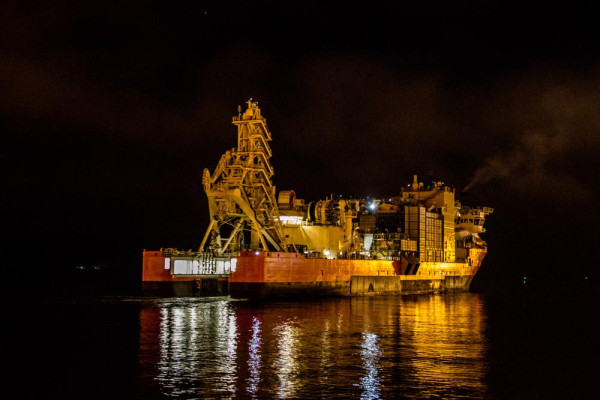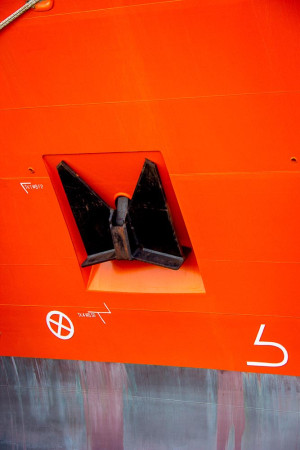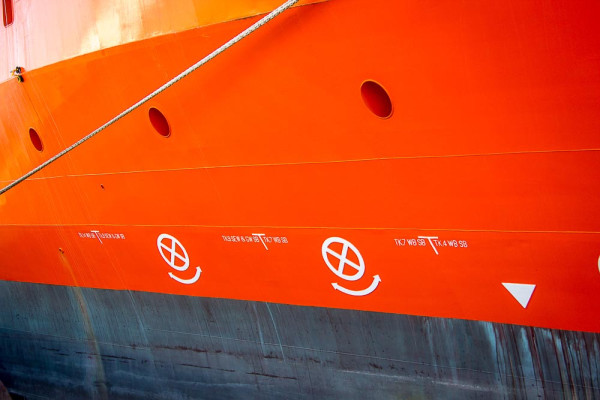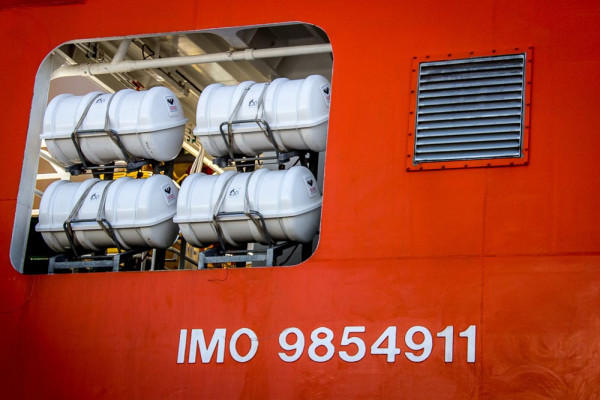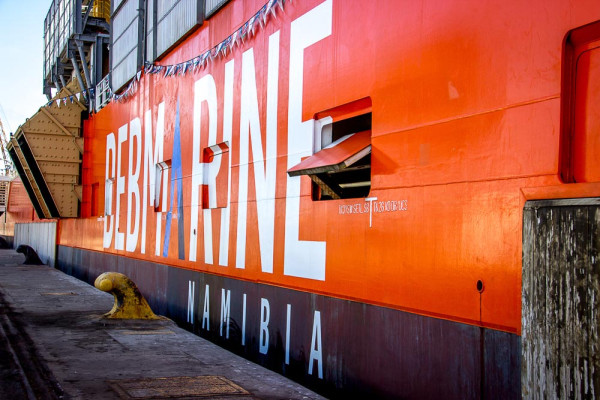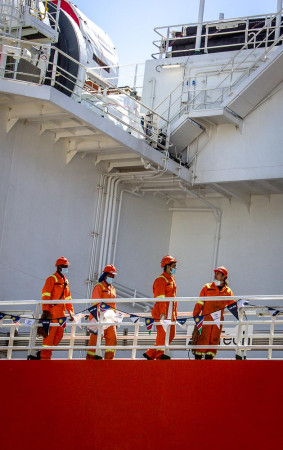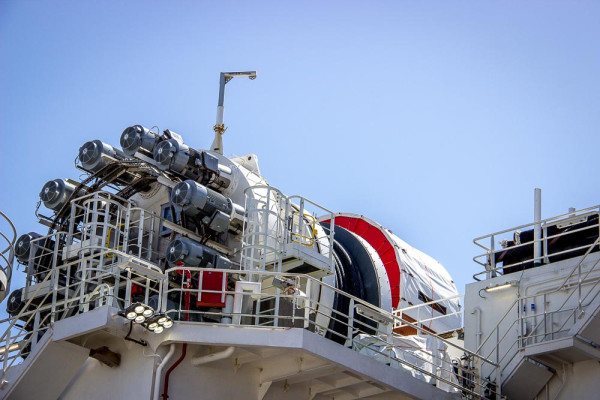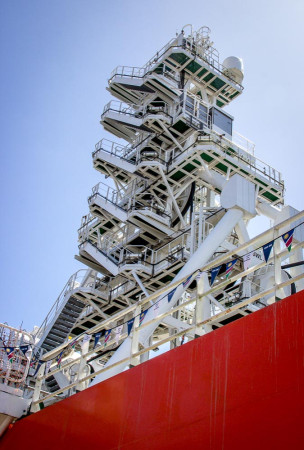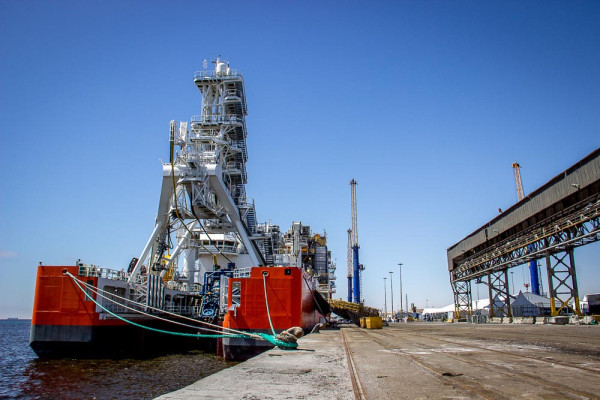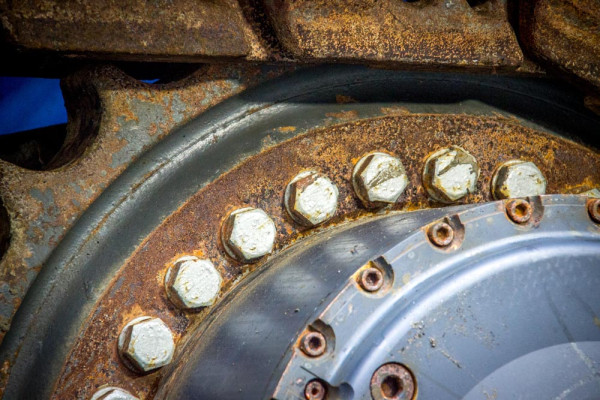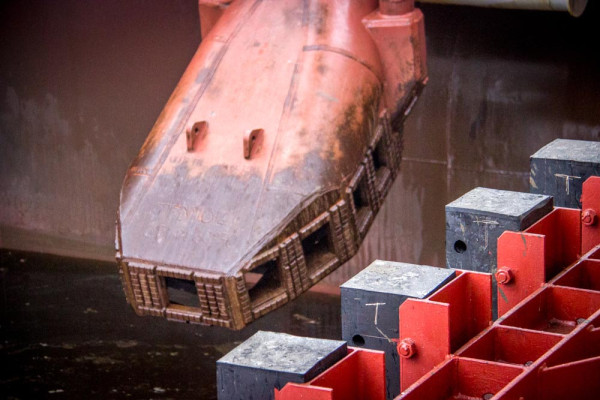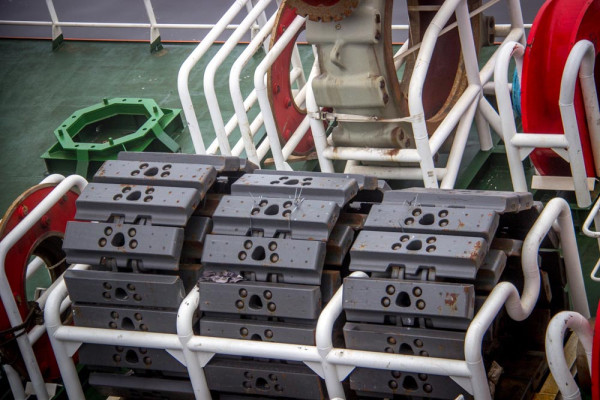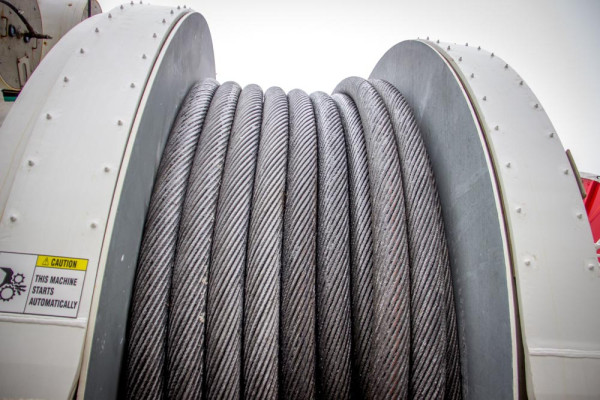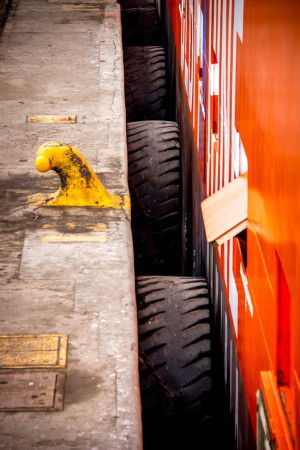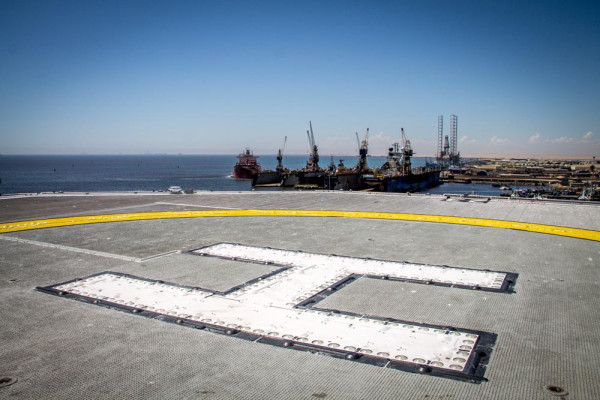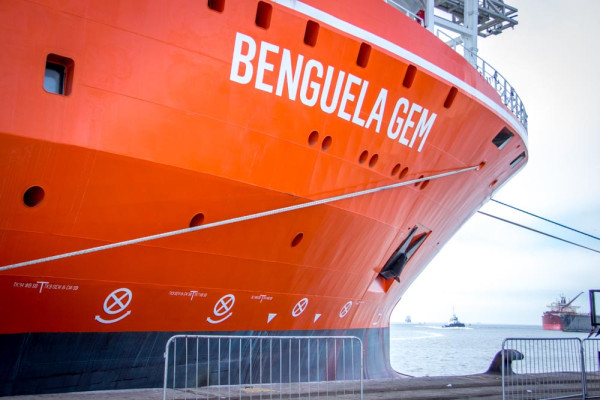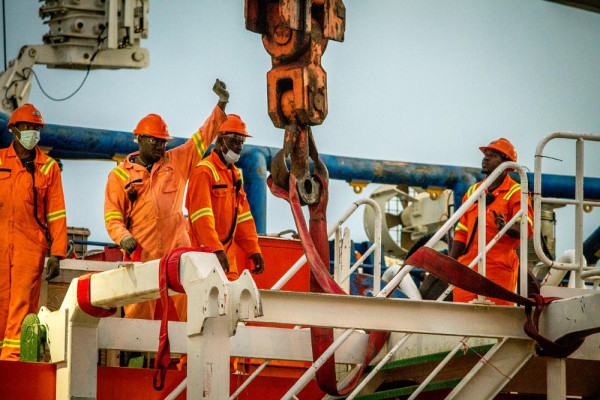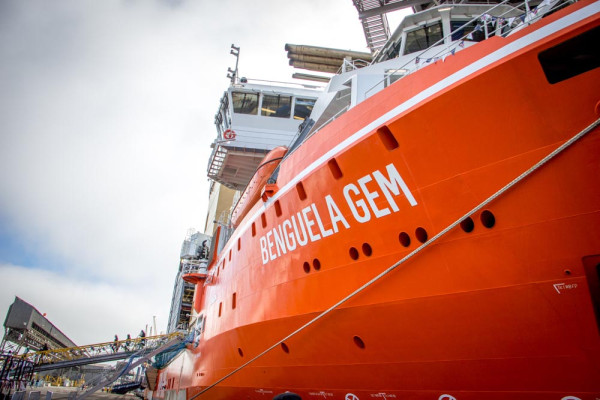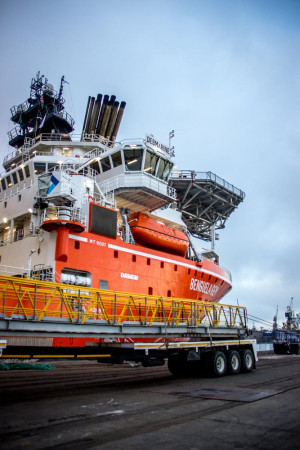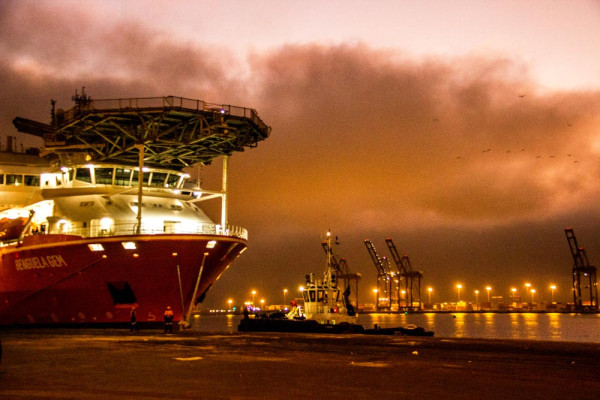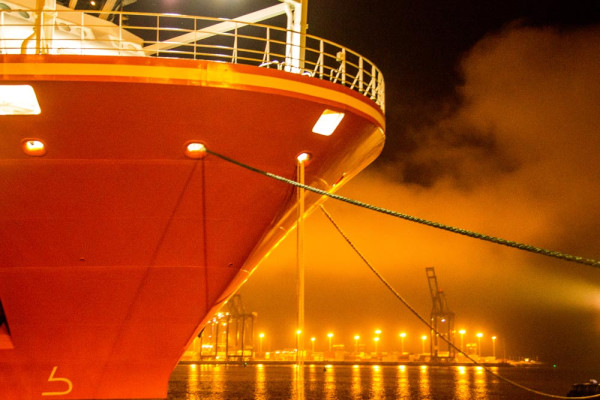The journey of offshore marine diamonds started billions of years ago when volcanic activity sent diamonds into the riverbed of the great Orange River, which over millions of years washed the diamonds into the Atlantic Ocean.
Diamonds were discovered in Namibia in 1908, when railway worker Zacharias Lewala found a diamond that would change the course of history of Namibia. He handed it to his supervisor, August Stauch, and a diamond rush ensued in Kolmanskop, near Luderitz, resulting in the mining of millions of carats for colonial Germany until World War I in 1914. It is rumoured that those years the diamond deposits were so rich that Stauch and other miners could often simply pick up diamonds from the valley floors.
Innovative equipment was invented to treat the material – Plietz jigs, Schiechel pots, electric shovels, and the longest narrow gauge railway network in the world were introduced, all within the space of six years, to mine in this vast, challenging environment.
Work resumed after WWI with the various colonial mining companies having been combined into the Consolidated Diamond Mines of South West Africa, later to be renamed CDM, and the prospector Reüning, discovering the classic diamondiferous raised beaches near Oranjemund, which have now been mined continuously for nearly 80 years and have yielded 65 million carats of high quality large gems over the years.
In the early 1990s CDM was transformed into the modern Namibian diamond mining company Namdeb Diamond Corporation (Pty) Ltd, and through progressive legislation its seven mineral licences covering 16 000 square kilometres have replaced the old grant area of the Sperrgebiet, the 'Forbidden Area'.
In the 1960’s it was discovered that large amounts of diamonds were washed into the stormy Atlantic Ocean by the Orange River and offshore diamond miners pursued innovative methods of mining the unique deposits from the ferocious ocean. The most notable of these was a Texan oilman, Sammy Collins, who formed the Marine Diamond Corporation, which between 1961 and 1970, mined around one and a half million carats from under 20 metres of water.
Building on Collins's legacy, marine mining of deposits as deep as 140m under the sea, has brought Namibia the distinction of being the leading marine mineral mining country. Over the years, the various areas combined have produced around 95 million carats, including around 12 million from deep water marine mining.
History Timeline
| 1908 |
|
| 1908 |
|
| 1920 |
|
| 1923 |
|
| 1930 |
|
| 1936 |
|
| 1943 |
|
| 1951 |
|
| 1952 |
|
| 1961 |
|
| 1971-1983 |
|
| 1977 |
|
| 1983 |
|
| 1983 |
|
| 1986 |
|
| 1990 |
|
| 1994 |
|
| 2000 |
|
| 2001 |
|
| 2002 |
|
| 2003 |
|
| 2004 |
|
| 2005 |
|
| 2006 |
|
| 2007 |
|
| 2008 |
|
| 2011 |
|
| 2012 |
|
| 2013 |
|
| 2014 |
|
| 2015 |
|
| 2016 |
|
